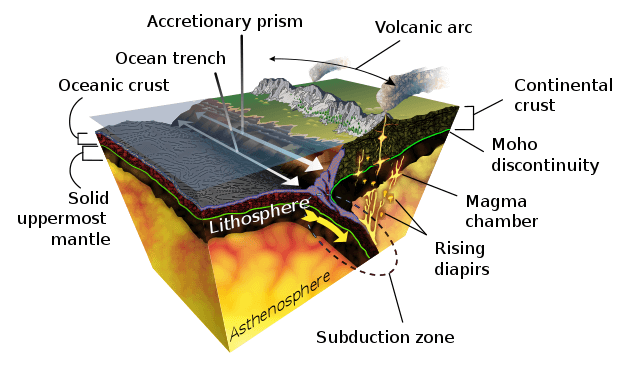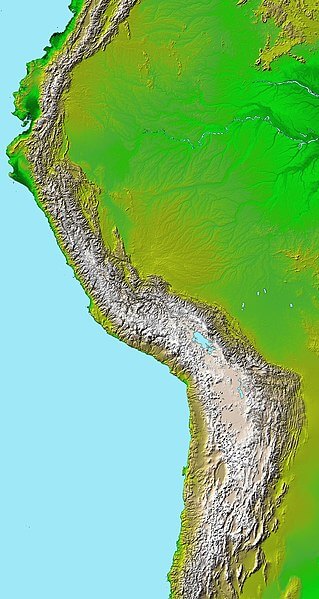The Peru-Chile Trench and Bolivian Orocline: A Tectonic Tango
The Peru-Chile Trench is an oceanic trench in the eastern Pacific Ocean off the coast of Peru and Chile. It delineates the boundary between the subducting Nazca Plate and the overriding South American Plate. The Bolivian Orocline marks a transition point where the Andes change their orientation.
The Peru-Chile Trench
Subterranean Wonder
The Peru-Chile Trench, also recognized as the Atacama Trench, stands as a profound marvel in the vastness of the eastern Pacific Ocean. Situated approximately 160 kilometers (100 miles) off the coasts of Peru and Chile, this oceanic trench possesses intriguing characteristics that make it a fascinating subject of study.
Unveiling the Depths
Oceanic trenches are not merely depressions but topographic wonders beneath the sea floor. The Peru-Chile Trench represents the deepest recesses, with a maximum depth plunging to 8,065 meters (26,460 feet) below sea level in a location known as "Richards Deep." Stretching over an impressive 5,900 kilometers (3,666 miles) and boasting a mean width of 64 kilometers (40 miles), the trench covers an expansive 590,000 square kilometers (228,000 square miles).
Sediment Symphony
Delving into the trench reveals a geological rainbow of sediment layers. Alternating between turbidites and oceanic deposits, these sediments include clays, volcanic ash, and siliceous oozes. The Peru-Chile Trench becomes a silent testament to the dynamic processes shaping the ocean floor.
Tectonic Tango
The trench's origin lies in the convergence of the Nazca Plate and the South American Plate. This subduction zone, marked by the trench, is where the Nazca Plate descends beneath the South American Plate. The Andes Mountains and the trench go hand in hand, forming a geological mosaic that shapes the landscape.
Seismic Symphony
The subduction process is not without its consequences. The interaction of the plates along the Peru-Chile Trench gives rise to numerous earthquakes, providing a vivid demonstration of the Earth's ever-changing nature. The subduction dance between the Nazca and South American Plates beneath the trench is a geological ballet, albeit one with occasional seismic crescendos.

Diagram of the geological process of subduction.
Bolivian Orocline
Nature's Artistry
Moving beyond the trench, a remarkable feature emerges – the Bolivian Orocline. This coastal and mountainous bending around 18° S defines the Andean slope of southern Peru, northern Chile, and Bolivia. It marks a transition point where the Andes change their orientation, creating a visual masterpiece sculpted by the forces of tectonics.
Winds, Currents, and El Niño
The atmospheric and oceanic dynamics around the Peru-Chile Trench are crucial in the region's ecological balance. Trade winds drive surface waters offshore near the equator, propelling the Humboldt Current from southern Chile to northern Peru. This current is a critical player in the upwelling of nutrient-rich deep waters, fostering marine life.
However, the delicate equilibrium can be disrupted. El Niño, a climatic phenomenon, occasionally alters the wind patterns, leading to reduced upwelling. The subsequent decline in nutrient availability causes fish kills, illustrating the interconnectedness of geological and climatic factors in this underwater realm.
To conclude, the Peru-Chile Trench and the Bolivian Orocline are not just geographical features but proof of the Earth's complex processes. Every aspect, from the sedimentary layers to the seismic activities and the Bolivian Orocline's artistic curvature, adds to this underwater wonder's geological symphony.

Topographic map of the Andes. The Bolivian Orocline is visible as a bend in the coastline and the Andes in the lower half of the map.
